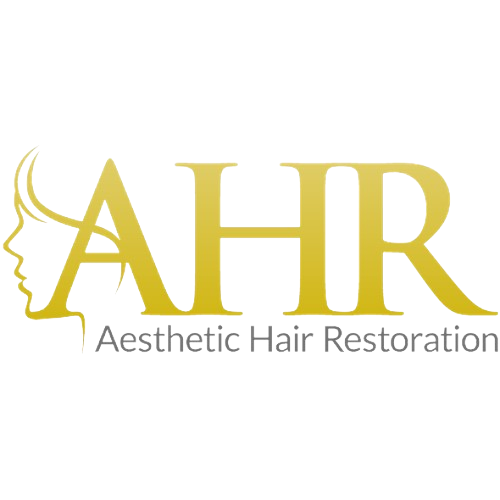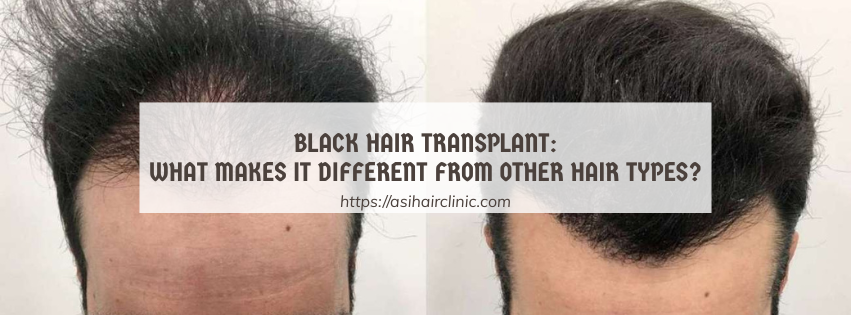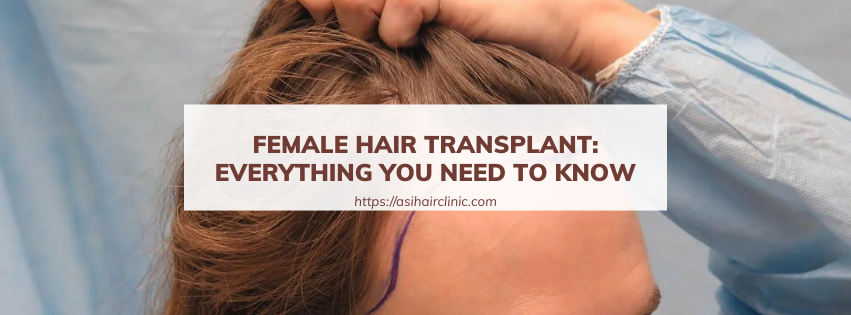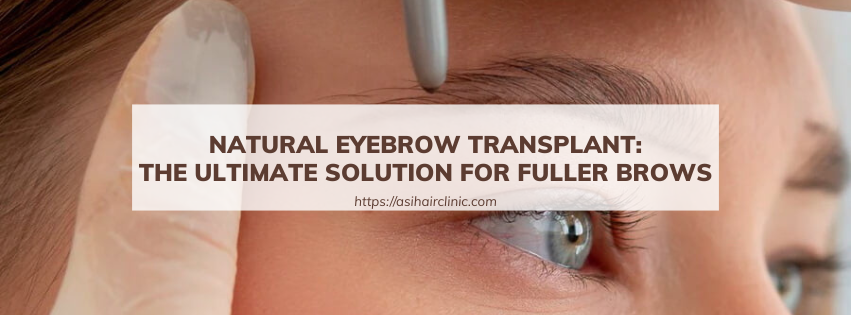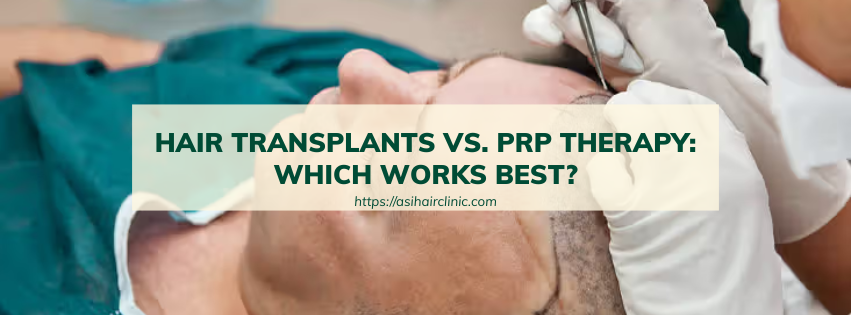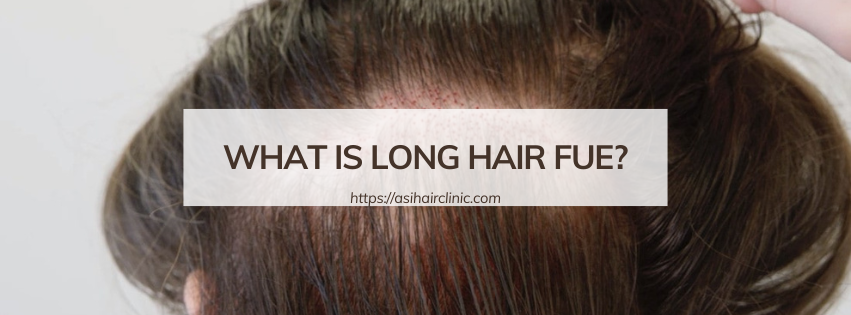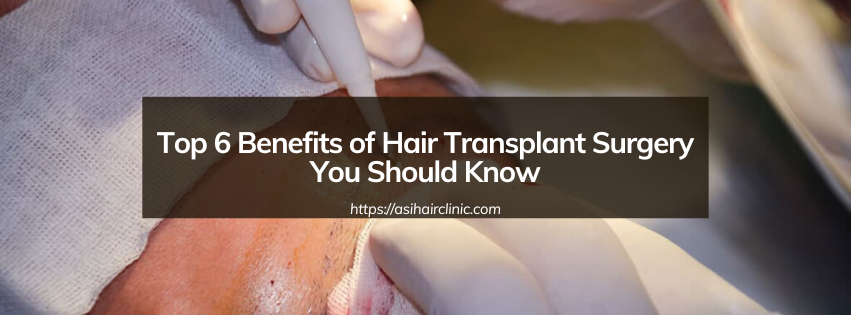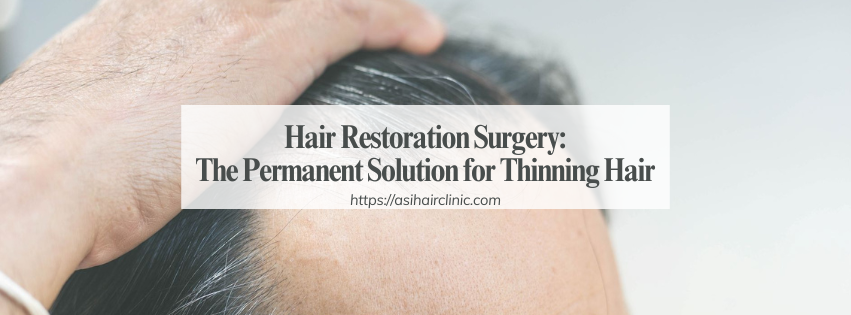DIY Hair Care: Affordable and Effective Tips for Gorgeous Hair
In today's world, where self-care has become a priority for many, DIY Hair Care has emerged as a popular trend. With rising salon prices and a plethora of commercial products flooded with chemicals, more people are seeking natural, cost-effective methods to maintain their hair health. This article will guide you through various affordable and effective tips that allow you to create your own hair care regimen at home.
1. Understanding Your Hair Type
Before diving into the array of DIY hair care tips, it's crucial to understand your hair type. Knowing whether you have straight, wavy, curly, or coily hair helps tailor your hair care routine accordingly. Not all products or methods will work for every hair type.
1.1. Straight Hair
Straight hair often appears sleek and shiny but can be prone to oiliness and may lack volume.
For straight-haired individuals, DIY treatments focusing on volumizing and balancing oil production can be beneficial. A simple homemade dry shampoo using cornstarch can absorb excess oil without the need for frequent washing.
Another effective approach is to utilize essential oils. A few drops of lavender or tea tree oil in your scalp massage can help regulate oil production while providing nourishment. Regularly incorporating scalp massages into your routine can also promote blood circulation, enhancing hair growth.
1.2. Wavy Hair
Wavy hair strikes a beautiful balance between straight and curly. However, it can easily become frizzy if not nourished properly.
One fantastic DIY remedy for wavy hair is a coconut milk hair mask. The creaminess helps hydrate and define waves without weighing them down. Mixing coconut milk with honey creates a potent treatment that also combats frizz. Apply this mixture and leave it on for about 30 minutes before rinsing well.
To keep those waves looking fresh, consider making a sea salt spray. Combine water, sea salt, and a few drops of your favorite essential oil in a spray bottle for a natural texturizing solution that enhances your natural wave pattern.
1.3. Curly Hair
Curly hair comes with its own set of challenges. It requires ample moisture and care to prevent dryness and breakage.
A great DIY treatment for curls is an avocado and olive oil mask. Avocado is rich in vitamins and fats that deeply nourish the hair strands, while olive oil provides a protective barrier. Blend a ripe avocado with a tablespoon of olive oil, apply generously to damp hair, and let it sit for at least 30 minutes before rinsing out.
Additionally, consider creating a leave-in conditioner using aloe vera gel and water. This blend can help lock in moisture and define your curls, leaving them soft and bouncy.
1.4. Coily Hair
Coily hair is stunning but can be particularly fragile and prone to dryness.
Deep conditioning is key for coily locks, and a DIY shea butter mix can work wonders. Melt shea butter and mix it with essential oils like jojoba or argan oil for a super-hydrating treatment. Apply it generously to your hair and leave it on overnight for best results.
An important aspect of coily hair care includes regular hydration. Create a hydrating spray by mixing water, aloe vera juice, and a couple of drops of essential oil. Use this concoction daily to keep your coils moisturized and happy.
Understanding your specific hair type will significantly impact the effectiveness of your DIY hair care efforts. By tailoring your approach, you’ll pave the way for healthier and more gorgeous hair.
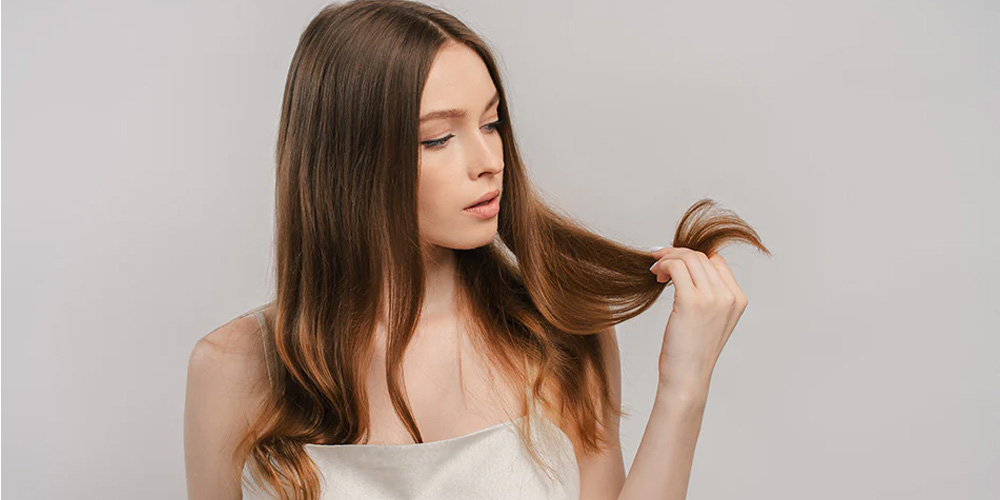
2. Natural Ingredients for Hair Care
With a deeper understanding of your hair type, it’s time to explore various natural ingredients that can enhance your DIY hair care routine. These ingredients are not only effective, but they are also readily available and affordable.
2.1. Coconut Oil
Coconut oil is a powerhouse in the realm of hair care. Its unique molecular structure allows it to penetrate the hair shaft effectively, providing deep nourishment.
Using coconut oil as a pre-wash treatment can greatly improve your hair's texture and condition. Simply warm some coconut oil and apply it to dry hair, ensuring even coverage from roots to ends. Leave it on for at least an hour before washing it out with your regular shampoo.
Furthermore, coconut oil can help tame frizz. Rubbing a pea-sized amount between your palms and smoothing it over the ends of your hair can provide shine and manageability.
2.2. Honey
Honey is a natural humectant, meaning it attracts moisture to the hair.
For a moisturizing hair mask, mix equal parts honey and olive oil. This blend will hydrate your hair and add a lovely shine. Apply it to damp hair, cover it with a shower cap, and relax for about 30 minutes before rinsing thoroughly.
In addition, honey can help soothe an itchy scalp. By diluting honey with warm water and applying it directly to the scalp, you can reduce irritation while promoting a healthy environment for hair growth.
2.3. Aloe Vera
Aloe vera is known for its soothing properties, making it excellent for both skin and hair.
Using aloe vera as a conditioner can reduce dandruff and promote a healthy scalp. You can mix aloe vera gel with water and use it as a rinse after shampooing. This not only conditions the hair but also leaves it feeling fresh and light.
Moreover, aloe vera can enhance the overall luster of your hair. Its vitamins and minerals nourish the hair shaft, giving it a vibrant look. Incorporate aloe vera into your daily hair care routine for maximum benefits.
2.4. Essential Oils
Essential oils can elevate your DIY hair care game. They not only offer therapeutic scents but also possess specific properties that can benefit your hair.
Tea tree oil, with its antifungal and antibacterial properties, is perfect for maintaining a healthy scalp. Adding a few drops of tea tree oil to your shampoo can help combat dandruff and prevent itchiness.
Rosemary oil, known for stimulating hair growth, can be added to carrier oils like coconut or olive oil. Using this blend for scalp massages can encourage new hair growth while adding a delightful scent to your routine.
Natural ingredients are not just safe; they are incredibly effective. Integrating these into your DIY hair care practices will yield positive results and enhance the overall health and appearance of your hair.
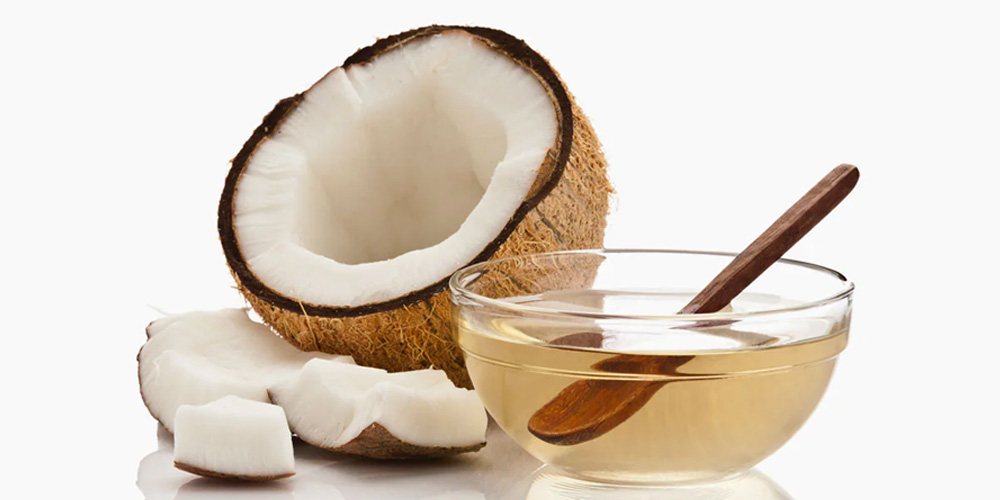
3. DIY Hair Treatments for Every Need
The beauty of DIY hair care lies in the ability to customize treatments based on your needs. Whether you're dealing with dryness, damage, or dullness, there’s a DIY solution to suit you.
3.1. Deep Conditioning Treatments
Deep conditioning is vital for reviving dry and damaged hair.
One of the best DIY deep conditioners is a banana and yogurt mask. Bananas are packed with potassium, which helps retain moisture, while yogurt contains proteins that can strengthen the hair. Blend one ripe banana with half a cup of yogurt and apply it to your hair, focusing on the ends. Leave it on for at least 30 minutes before rinsing.
Another fantastic option is a henna treatment. Henna not only conditions the hair but also adds beautiful color and shine. Mix henna powder with water to form a paste and apply it to your hair, covering it for two hours before rinsing.
3.2. Scalp Treatments
Healthy hair starts at the scalp, so addressing any issues here is essential.
A coffee scrub can invigorate your scalp and remove dead skin cells. Combine ground coffee with coconut oil to create a scrub, massaging it into your scalp gently. This treatment boosts blood circulation, promoting healthier growth.
For an itch-free experience, consider an apple cider vinegar rinse. Mix equal parts apple cider vinegar and water, using it as a final rinse after shampooing. Not only does it restore pH balance, but it also detangles and adds shine.
3.3. Shine Boosters
Lackluster hair can be revitalized with simple DIY treatments.
One effective remedy involves using beer! The yeast and malt in beer can add incredible shine and body to your hair. After shampooing, pour flat beer over your hair as a rinse, letting it soak for a few minutes before rinsing with cool water.
Another shine booster is a herbal infusion. Brew chamomile or green tea, allowing it to cool before using it as a rinse. Chamomile is especially good for blonde hair, enhancing its natural highlights.
3.4. Strengthening Masks
Strengthening treatments are vital for preventing breakage.
A protein-rich egg mask can work wonders for strengthening weak hair. Whisk an egg and apply it to your hair, leaving it on for 20 minutes before rinsing with cool water. Eggs are rich in proteins, helping to fortify each strand.
Alternatively, try a flaxseed gel treatment. Boil flaxseeds in water until they create a gel-like consistency. Strain the seeds and apply the gel to damp hair for a nourishing effect that encourages elasticity and strength.
Crafting effective DIY hair treatments allows you to address specific concerns while ensuring that you use only the finest natural ingredients. This adaptability is what makes DIY hair care so appealing.
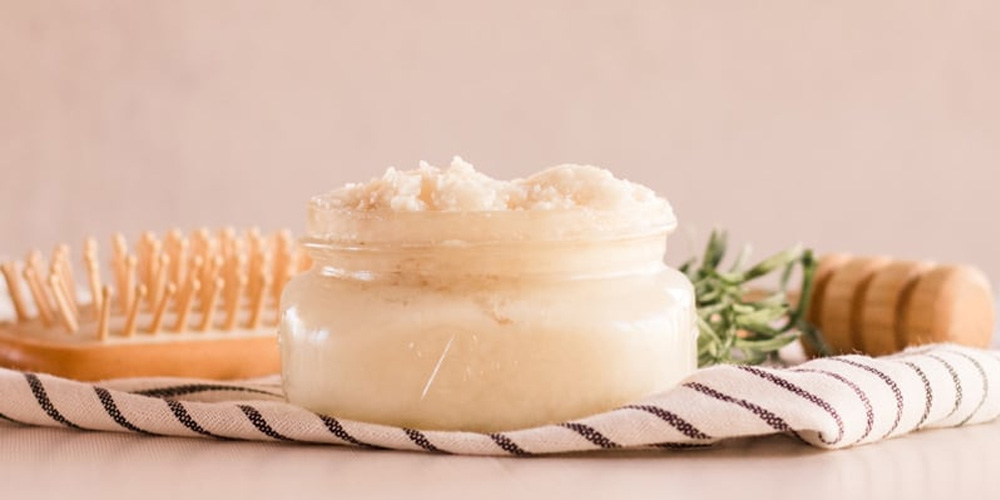
4. Maintaining Healthy Hair Through Lifestyle Choices
While DIY treatments significantly contribute to hair health, lifestyle choices play an equally important role.
4.1. Nutrition
What you eat directly influences the health of your hair.
Incorporating foods rich in omega-3 fatty acids, such as salmon or walnuts, helps promote shiny hair. Likewise, leafy greens like spinach and kale provide essential vitamins that foster growth.
Don't forget the importance of hydration. Water plays a critical role in keeping your hair hydrated from within. Aim to drink an adequate amount of water daily, and consider herbal teas that can further benefit your hair health.
4.2. Regular Exercise
Exercise doesn’t just keep you fit; it can also improve hair health.
Physical activity increases blood circulation, which indirectly promotes better nutrient delivery to hair follicles. Incorporating a regular exercise routine can lead to healthier hair over time.
Moreover, activities like yoga can alleviate stress, another factor that contributes to hair loss. Engaging in practices that promote relaxation helps maintain hormonal balance, promoting healthy hair growth.
4.3. Protective Styles
Protective hairstyles shield your hair from environmental stressors.
Consider braiding or twisting your hair to minimize exposure to heat and pollution. Additionally, avoid tight hairstyles that can cause tension and lead to breakage.
Investing in quality hair accessories, like satin or silk scarves, can protect your hair while you sleep. Cotton pillowcases can cause friction and breakage, so switching to satin can significantly enhance your hair's resilience.
4.4. Avoiding Heat Damage
Heat styling tools can wreak havoc on your hair.
Limiting the use of blow dryers, curling irons, or straighteners can drastically improve your hair's health. If you must use heat tools, always apply a heat protectant beforehand.
Embrace your natural texture instead of conforming to societal standards of beauty. Learning to love your hair as it is can save you from unnecessary damage while boosting self-confidence.
Maintaining healthy hair goes beyond DIY treatments; it encompasses a holistic approach involving proper nutrition, exercise, and mindful styling practices. Adopting these lifestyle choices alongside your DIY regimen will yield the best results.
Conclusion
In conclusion, DIY Hair Care is not just a trend; it's a sustainable practice that empowers individuals to take control of their hair health. By understanding your hair type, utilizing natural ingredients, crafting tailored treatments, and adopting positive lifestyle choices, you can achieve gorgeous hair without breaking the bank.
As we’ve explored throughout this article, the journey to beautiful hair is multifaceted. It invites creativity, experimentation, and a profound connection with your hair. With these tips, you’re well-equipped to embark on your DIY hair care adventure, unlocking your hair’s true potential. Embrace the process, enjoy the journey, and revel in the radiance of your gorgeous hair!
LATEST POSTS
